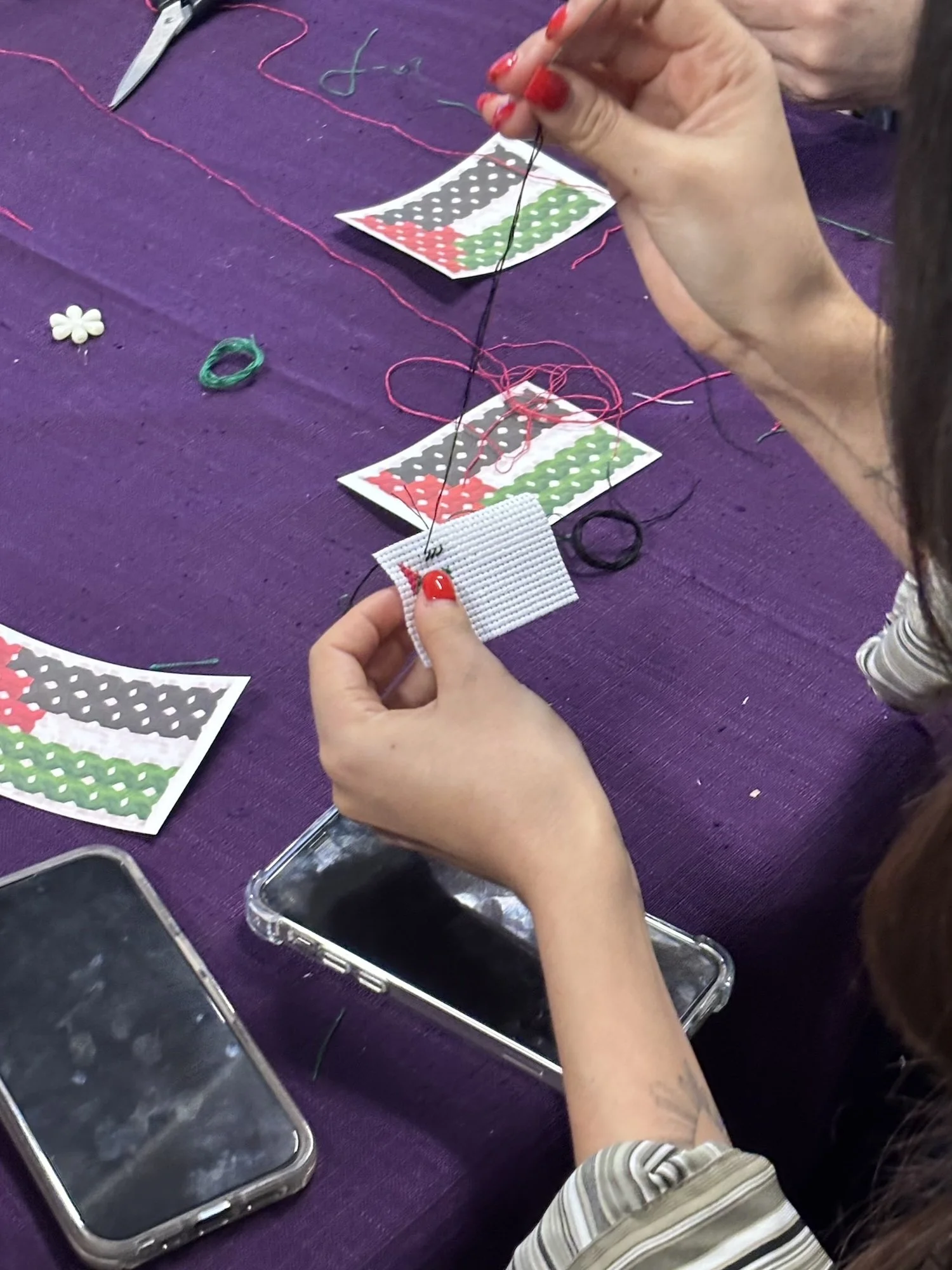Prince Hamlet: Disrupting the Xerox Copy
/In true PuSH Festival fashion, WhyNot Theatre’s production of Prince Hamlet trumped all of my expectations of what could be done with an age old classic. In the ticket line, an usher announced the show would be 2 hours and 40 minutes with a 15 minute intermission. The man behind me in line let out a sigh, to which I returned a chuckle and said “We are all in this together” as if we were entering battle. Despite all of the excitement and bustle surrounding the much-needed update to this Shakespearean tragedy, I held my apprehension in a close clutch that this could fall into the pit of yet another regurgitation.
Prince Hamlet. Photo by Bronwen Sharp.
Humbly, as it so often happens, I was proven incredibly wrong. Immediately, the specificity of the set spoke to the production’s attention to the ominous and confronting essence of the story: a bare large wooden plinth, two dangling chandeliers, and small piles of dirt dotted around the periphery. Three large mirrors hung at the back of the stage, where the players and the audience could clearly see themselves reflected. The set communicated a dark, gothic presence with no distraction of unnecessary frivolities.
The casting choices defy the conventional, which was a refreshing and necessary adaptation to the story. In doing so, I would argue director Ravi Jain brings us much closer to the essence of the narrative. This is work about the complexities of humanity, the ways in which it is our biggest weakness, and can be the sole cause of our eventual demise. As Jain speaks to in his director’s note, defying the conventional “sets our imaginations free in order the rediscover the old story anew.” The disruption of the “Xerox copy” of Hamlet, that so many of us, including myself, were expecting to see, allows for the deeper truth of the play to be discovered. Breaking down unnecessary structures such as gender, race, and even language itself, strips the work down to it’s pumping core of meaning and message.
Prince Hamlet. Photo by Dahlia Katz.
Arguably, the most poignant addition is the bilingual layer of the piece. Actor Dawn Jani Birley, who plays Horatio, also translates the entire play into ASL, making the work accessible to the hearing impaired. One can only imagine the process of translating the Shakespearean tone into ASL, meaning that Birley had to use three different styles of sign to communicate. Dawn as the translator in this piece almost becomes another character in the work. As she gracefully floats around the players on stage, her translation is choreographic. She is not only translating the spoken word but her communication becomes a libidinal force, a much more visceral expression of the narrative happenings within the work.
Amidst the corpses of Hamlet, Claudius, Laertes and Gertrude, Birley assumes her role as Horatio in the final scene. There is a sudden silence. Birley begins to sign a final monologue, the words of which I do not understand. But as I can hear her breath, and as I watch the emotion in her movements, there comes an understanding that doesn’t follow the rules of vocal communication. And then, the unthinkable happened: I shed a tear at the play that I thought would cause me endless high school English anxiety. There is suddenly a new meaning and connection within this age old work, proving that with the appropriate reimagining, a strong story can transcend the boundaries of place and time.
Prince Hamlet runs through January 27 at the Frederick Wood Theatre at UBC. For more information, and tickets to all PuSh Fest shows, visit pushfest.ca.







